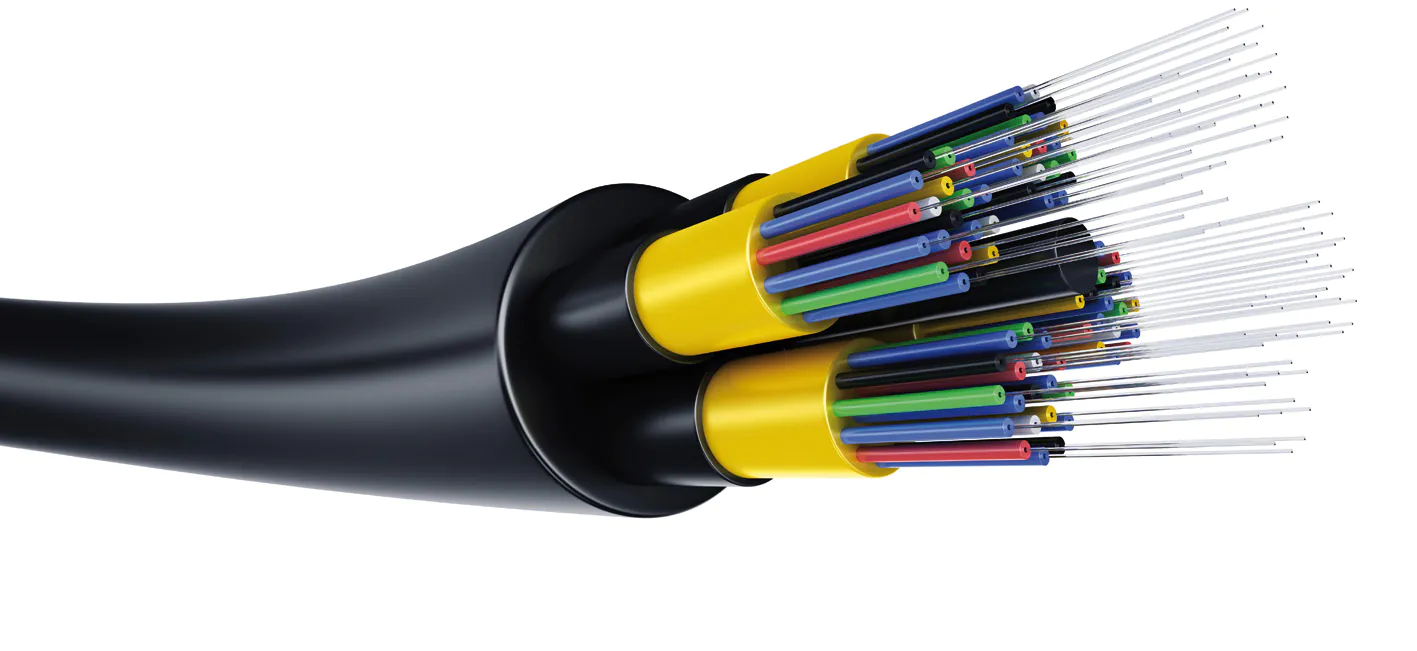In today’s world, optical fiber isn’t just a thin thread carrying data—it’s the backbone of the digital revolution, enabling lightning-fast communication and streaming. But did you know that moving these delicate fibers with precision robotics is one of the most challenging, yet exciting, frontiers in tech?
Let’s dive into why robotic optical fiber handling is a game-changer and how it’s driving innovations in telecommunications, medical tech, and beyond. This isn’t just about wires—it’s about the future of connectivity!
Why It’s So Challenging: The Art of Precision
1. The Fiber is Delicate, and Precision is Everything
Picture this: an optical fiber is thinner than a human hair, and just a tiny misalignment can cause signal loss. Moving it with microscopic precision? That’s where the challenge lies. To maintain data integrity, we need robots that can position and route these fibers within a fraction of a millimeter. That’s precision on another level.
2. Handle With Care!
Optical fibers are fragile, and applying too much pressure can cause them to snap like a twig. So, robots have to be gentle and adaptive, adjusting their grip in real-time to ensure zero damage. Think of it like a high-stakes jewel heist, but instead of diamonds, you’re handling light-speed data.
3. One Wrong Move Could Mean a Break in the Chain
Each fiber must be aligned perfectly to avoid loss. Even a 0.01mm error can cost thousands of dollars in repair and downtime. This is why robotic arms, equipped with AI and vision systems, are critical. They don’t just move fibers—they ensure long-lasting, high-quality connections for years to come.
What Makes It So Exciting?
1. AI + Robotics = Infinite Potential
With AI-powered vision systems, robots can automatically analyze and adjust the position of the fiber. These systems have become so precise that they can detect fiber misalignments to the micron—that’s 1 millionth of a millimeter. The future? A self-learning system that automatically adapts to new fiber configurations, saving time and money.
2. Soft Robotics = Less Breakage
Think of soft robotics like having a pair of ultra-flexible, nimble hands. These robots have soft grippers and real-time feedback sensors, ensuring perfect, damage-free handling of delicate fibers. It’s like having the precision of a surgeon with the dexterity of a dancer.
3. Robots Doing the “Heavy Lifting” in Splicing
Fiber splicing (joining two optical fibers together) requires a high level of skill, and the robots doing this today are on fire. They’re capable of 99.99% accuracy, making them the ultimate players in the telecom and data center industries. The precision they offer is game-changing, enabling light-speed data transmission and reliable connections.
The Data That Powers This Revolution
1. Telecom: Fiber Optics Going Fast & Furious
- The global fiber optic market will soar from USD 7.6 billion in 2023 to USD 13.2 billion by 2030, growing at a CAGR of 8.5%.
- Robots will be responsible for 50% of optical fiber installations by 2026. 5G is coming, and these robots are helping to build the high-speed networks of tomorrow.
2. Data Centers: The Heartbeat of the Internet
- The data center market is exploding, projected to grow from USD 202.1 billion in 2023 to USD 367.7 billion by 2030.
- In hyperscale data centers, robots are already routing 80% of fiber optic cables, cutting installation time by 40%. Speed and accuracy are everything here, and robots deliver on both.
3. Aerospace: Fiber Optics in Space!
- The aerospace fiber optics market is expected to grow from USD 4.5 billion in 2024 to USD 7.1 billion by 2030.
- With robotic precision, these fibers are lightweight, flexible, and perfect for high-speed data transmission, making them critical in next-gen satellites and aircraft.
Where is All This Going? The Road to the Future
With AI-driven robotics, the future of fiber handling is autonomous and self-learning. Imagine robots that don’t just install fibers—they adapt to new fiber configurations, optimize their routing paths, and self-correct in real-time. We’re talking about a world where robots can build global fiber networks faster than you can stream your favorite show.
Conclusion: The Power of Precision Robotics
Moving optical fibers with precision robotics is more than just a tech challenge—it’s a revolution. From 5G to satellite communications, from data centers to medical advancements, precision robots are the unsung heroes of the digital age.
As robotics continues to evolve, we’re only scratching the surface of what’s possible. The future is exciting, and we’re on the verge of seeing mind-blowing innovations in fiber optic handling. Robots are not just tools—they’re shaping the future of connectivity.
Ready to step into the future of fiber optics and robotics? Buckle up!











